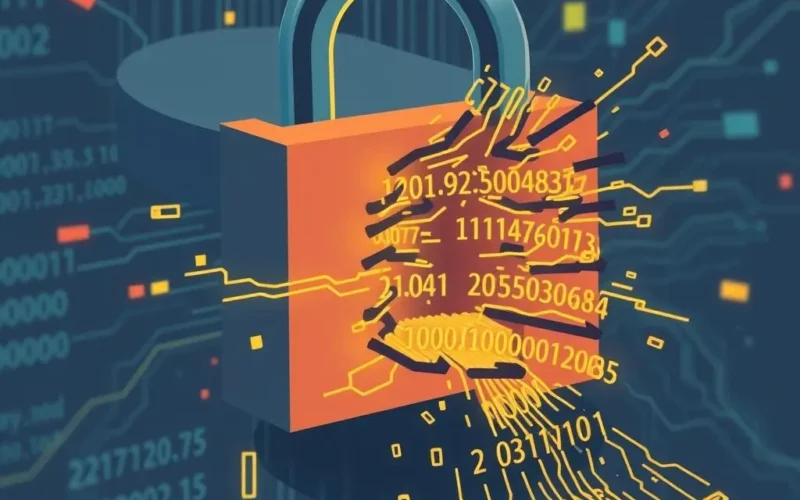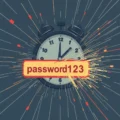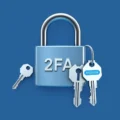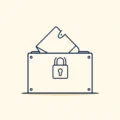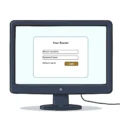We all crave simplicity, don’t we? Especially when juggling countless online accounts, subscriptions, and logins. The temptation to use that one password – the familiar, easy-to-remember one – for *everything* is incredibly strong. It feels like the ultimate shortcut, a single key to unlock your entire digital world.
But here’s the stark reality: that convenient shortcut is less a path to simplicity and more a direct route to a digital disaster waiting to happen. While it might seem like one password ruling them all is a clever hack, it’s actually handing the keys to your entire online life to anyone who finds just one of them.
So, what exactly is the danger lurking behind this common habit? Let’s peel back the layers and understand why password reuse is the digital equivalent of leaving every door in your house unlocked after losing just one key.
Table of Contents
The Inevitability of Data Breaches
In today’s connected world, data breaches aren’t rare anomalies; they’re unfortunately a frequent occurrence. Major companies, small businesses, and even government organizations fall victim to cyberattacks where sensitive customer data, including usernames and passwords, is stolen. Sometimes it’s due to sophisticated hacking, other times it’s simply human error or outdated security measures.
When a company you have an account with suffers a data breach, your login information – potentially the very username and password you use elsewhere – can end up in the hands of cybercriminals. These stolen lists of credentials are then sold on the dark web or used by the attackers themselves.
This is where the convenience of password reuse turns into a critical vulnerability.
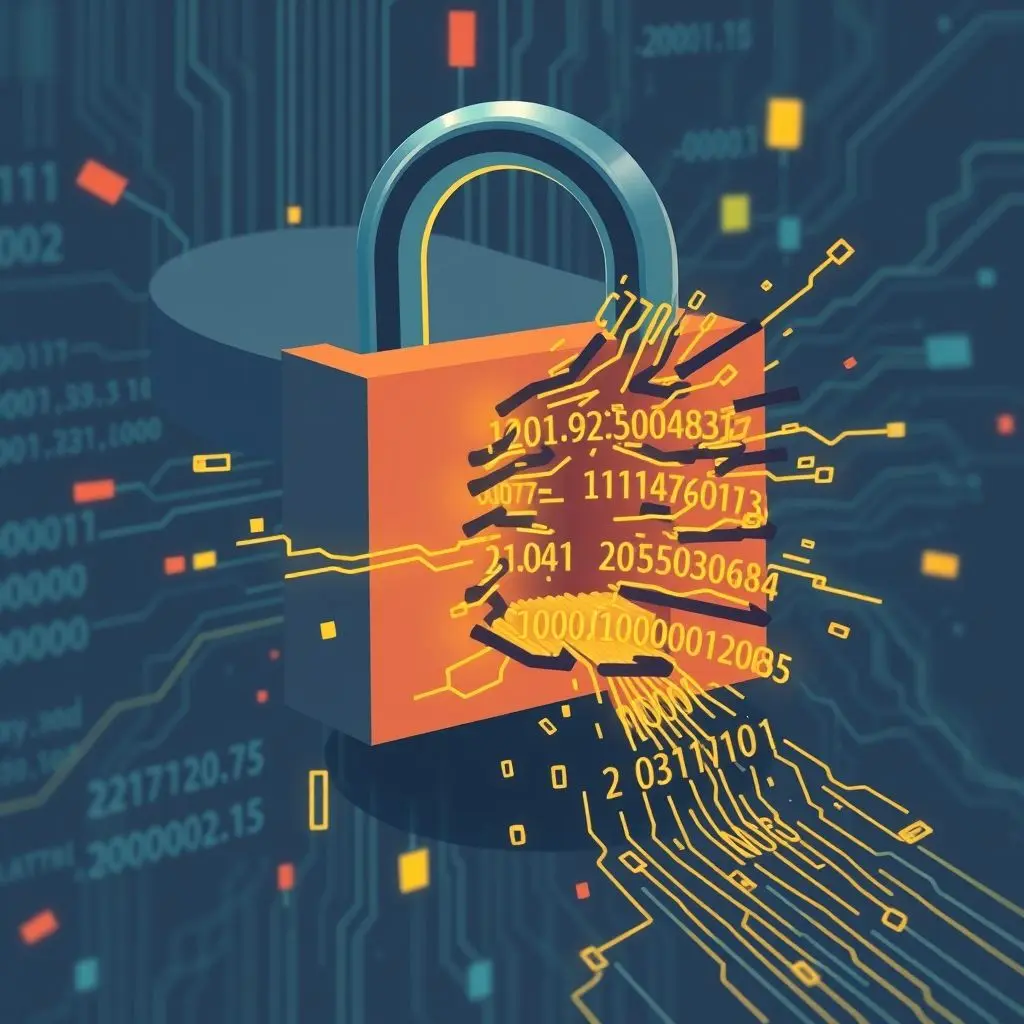
Enter Credential Stuffing: The Automated Attack
Cybercriminals aren’t sitting around manually trying password combinations on various websites. They employ sophisticated, automated tools and bots to perform attacks known as Credential Stuffing.
Here’s how it works:
- They take a list of stolen username/password pairs obtained from a single data breach.
- They then program bots to automatically and rapidly attempt to log in to hundreds, thousands, or even millions of *other* websites and services using those same stolen pairs. Think of popular platforms like email providers (Gmail, Outlook), social media sites (Facebook, Instagram, Twitter), online shopping sites, streaming services, banking portals, and more.
- If you reused the same password across multiple sites, the bots will successfully log in to any service where that username and password match.
It’s called “stuffing” because the attackers are literally stuffing the stolen credentials into login forms across the web, hoping they’ll work. And thanks to password reuse, they often do.
Imagine having one key that opens the front door, back door, every window, and even the safe in your house. Losing that one key means everything is instantly compromised. Credential stuffing exploits this exact principle in the digital realm.
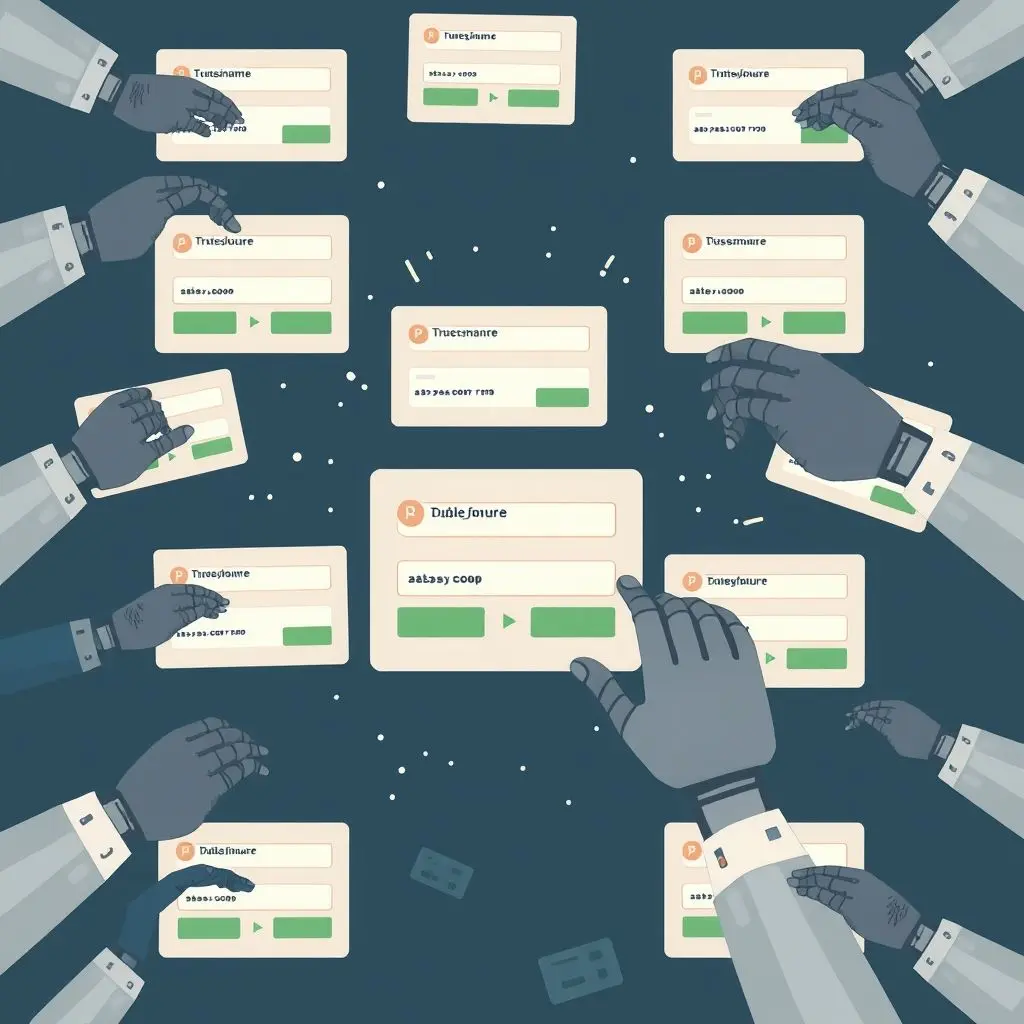
The Domino Effect: What Happens When Accounts Are Compromised?
When attackers successfully log into your accounts using stolen credentials, the consequences can be devastating and spread like wildfire. A single compromised account can lead to a chain reaction, especially if that account is a central one like your email.
- Financial Loss: Access to banking, investment, or online shopping accounts can lead to fraudulent transactions, draining your funds, or making unauthorized purchases.
- Identity Theft: Attackers can gain access to personal information, potentially opening new lines of credit or committing crimes in your name.
- Privacy Violation: Your private messages, photos, documents, and other sensitive data stored on various platforms can be exposed, stolen, or used for blackmail.
- Reputation Damage: Social media or email accounts can be used to send spam, scams, or malicious content to your contacts, damaging your reputation among friends, family, and colleagues.
- Further Account Compromise: Your email account is often the reset mechanism for other accounts. If your email is compromised, attackers can easily reset passwords for many of your other services, locking you out entirely and deepening the compromise.
All because one weak link – one reused password discovered in a single breach – gave attackers access to many doors.
Sometimes, seeing it in action helps cement the message. Here’s a quick visual breakdown of why this simple habit is so dangerous:
The Essential Solution: Unique, Strong Passwords
The defense against credential stuffing and the wider dangers of password reuse is straightforward, though it requires a shift in habit: Use a unique, strong password for every single online account you have.
A strong password is typically:
- Long (12 characters or more is a good minimum).
- A mix of uppercase letters, lowercase letters, numbers, and symbols.
- Not based on personal information (names, birthdays, pets’ names).
- Not a common word or phrase.
Generating and remembering dozens or hundreds of unique, complex passwords sounds impossible, right? That’s where password managers come in.
Password Managers: Your Digital Fortress Keymaster
A password manager is a secure application or service that stores all your login credentials in an encrypted vault. You only need to remember one strong master password to unlock the vault.
Here’s why they are the game-changer:
- Generate Strong Passwords: They can automatically create complex, unique passwords for every new account you create.
- Secure Storage: They store all your passwords encrypted, making them inaccessible even if your device is lost or stolen (as long as your master password is secure).
- Auto-Fill Logins: They can automatically fill in your usernames and passwords on websites and apps, saving you time and preventing phishing attempts (as they only fill on the correct, verified site).
- Sync Across Devices: Most managers sync your vault across all your devices, giving you access to your passwords wherever you are.
- Security Features: Many offer features like password strength checks, dark web monitoring (alerting you if your email or password appears in a known breach), and secure sharing.
Using a password manager eliminates the need to remember countless passwords, making strong, unique passwords not just possible, but easier than reusing weak ones.
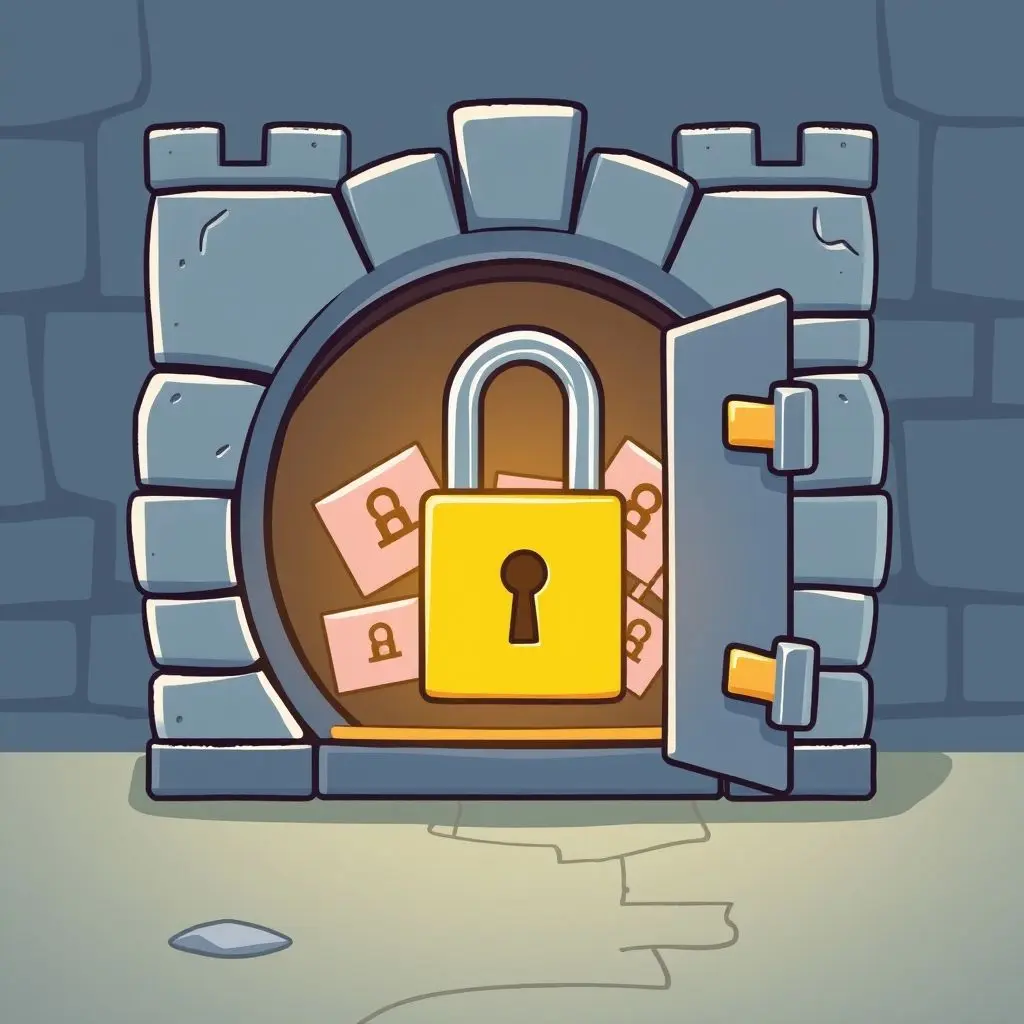
Taking the Step Towards Better Security
Breaking the habit of password reuse takes a conscious effort, but adopting a password manager makes the transition significantly smoother. It’s an investment in your digital safety and peace of mind.
Start by securing your most critical accounts first – email, banking, primary social media. Then, gradually update passwords for less critical sites. Let your password manager generate the new, complex passwords for you.
Remember the simple truth: one password shared widely is like leaving countless doors ajar for attackers. One unique password for each account, managed securely, is the bedrock of strong online security.
Frequently Asked Questions (FAQs)
Q: Is using slightly different variations of the same password okay?
A: No. Attackers know people do this. Automated stuffing tools can often try common variations based on the breached password (e.g., adding a number, changing a letter). A unique password means a completely different password for every site.
Q: What if a site forces me to use a simple password?
A: Unfortunately, some older or poorly designed systems have weak password requirements. Use the strongest password allowed by that site and ensure it’s unique to that site. Focus your strongest efforts on sites holding sensitive data.
Q: How can I know if my password has been part of a breach?
A: Websites like Have I Been Pwned (haveibeenpwned.com) allow you to check if your email address or phone number has appeared in known data breaches. Password managers often include similar monitoring features.
Q: Are free password managers safe?
A: Many free password managers from reputable companies (like Bitwarden, LastPass Free, though check their recent security incidents) offer strong security. However, paid versions often provide more features like dark web monitoring, secure sharing, and cross-device syncing limits are removed. Always research and choose a well-regarded provider.
Q: What else can I do besides unique passwords?
A: Enable Two-Factor Authentication (2FA) or Multi-Factor Authentication (MFA) on every account that offers it. This adds an extra layer of security beyond just your password, making it much harder for attackers to gain access even if they have your correct login details.
Keeping Your Digital World Safe
Protecting your online life doesn’t have to be a burden. By understanding the significant risk of password reuse and embracing tools like password managers, you take a powerful step towards securing your personal information, finances, and privacy against widespread attacks like credential stuffing. Make the switch today and fortify your digital presence.
